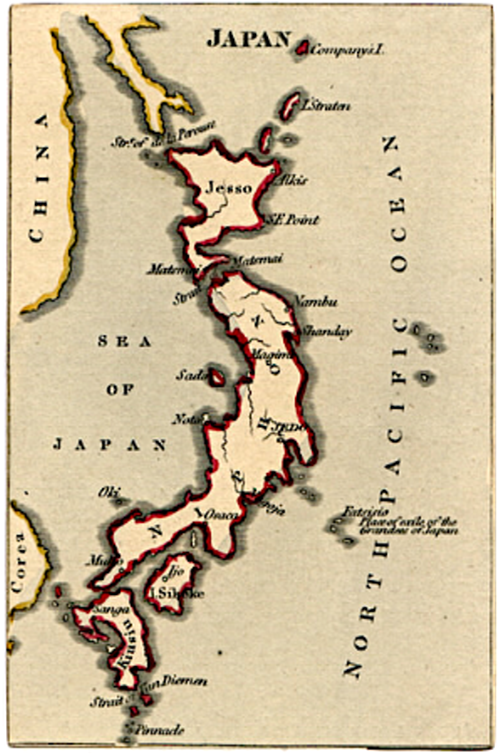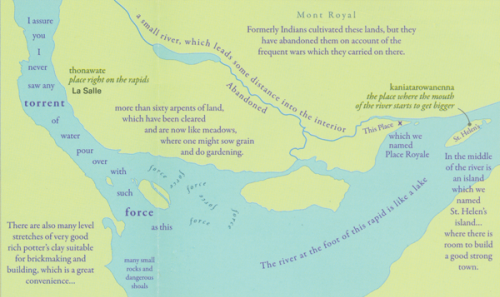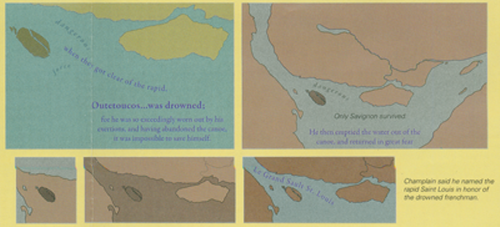 High quality linework and meticulous colouring give rise to clean cartography. In this age of web maps it’s good to see that illustrators still find value in crafting maps by hand to create one-off sheets. Mike Hall has been creating a series of maps of London’s Boroughs since 2011. This example of tower hamlets is an example of the skill with which he fashions beautiful, well balanced maps that combine detailed cartography with marginalia that harks back to historic maps.
High quality linework and meticulous colouring give rise to clean cartography. In this age of web maps it’s good to see that illustrators still find value in crafting maps by hand to create one-off sheets. Mike Hall has been creating a series of maps of London’s Boroughs since 2011. This example of tower hamlets is an example of the skill with which he fashions beautiful, well balanced maps that combine detailed cartography with marginalia that harks back to historic maps.
The inclusion of crests, shields, illustrations and views of key places along with decorative borders and typography show mastery in layout that displays a keen sense of the importance of form as well as function. The map is intended to delight; to be seen and used as much as an artistic piece as a way of exploring the geography. Maps always did ‘fill in the gaps’ to create a whole that was greater than the sum of the parts and Hall brings the philosophy up to date with his creative cartography.
Each of the maps in the series riffs off particular themes or historical events from the Borough so each has a unique identity. As a set, they bring to life the rich variety of London’s landscapes as a tapestry of maps that reflect their very different characters.
Hall’s work goes beyond this series of maps. His isometric drawings and other map-based illustrations are equally impressive. Modern map-makers can certainly learn a few things about the art and craft of cartography by studying his work.
See this series of maps and Hall’s other work at his web site here.



















